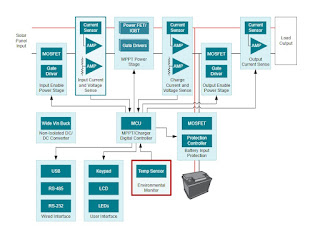Samsung Display plans to list non-FMM medium-sized OLED as the next issue
【Lansheng Technology News】Samsung Display’s next task will be to use the semiconductor exposure process instead of FMM’s “non-FMM” method of OLED. Since the SID exhibition in May this year, Samsung Display’s internal attention to non-FMM OLED has continued to increase. This is because non-FMM OLEDs may be used to fill the technology gap between small and medium-sized RGB OLEDs and large-sized QD-OLEDs that are difficult to expand the market. It is predicted that non-FMM OLED will promote the development of the medium-sized OLED market for multi-variety small-volume production products.
Samsung Display's next task will be medium-sized organic light-emitting diodes (OLEDs) using a "non-FMM" method that does not use fine metal masks (FMM).
FMM is currently used for vacuum evaporation of red (R), green (G), blue (B) and OLED sub-pixel components in small and medium-sized products such as smartphones. OLEDs currently used in smartphones and smartwatches use FMM to evaporate RGB OLED sub-pixels adjacent to each other on the same layer. Japan's DNP (Dainippon Printing) Company is the leading manufacturer in the FMM market.
The MM must be made into a long stick-shaped FMM. In order to prevent the center part of the FMM stick from sagging downward, it needs to be stretched and welded to the large frame. At this time, if the Sitck width is widened, it will be difficult to tighten the FMM. Because of this, there is a problem that makes FMM production more difficult. It is currently known that the FMM production yield of 6-inch smartphone OLED is at the level of 30%, but as the screen becomes larger, the production yield will inevitably decline further.
It is understood that considering the width of the mass-produced FMM Stick, the OLED screen size limit that can be made into a standard screen is 15 to 17 inches. The screen sizes of OLED laptops released by Samsung Electronics and LG Electronics are also around 13 to 17 inches. Although there are many automotive displays over 30 inches, these products are narrow and thin, so the FMM Stick does not need to be significantly wider.
Samsung Display's QD-OLED and LG Display's white light (W)-OLED are being applied in the field of OLED displays and OLED TVs without using FMM and using open metal masks (OMM). These large-size OLEDs produce blue light (QD-OLED) or white light (W-OLED) by stacking 3 to 4 light-emitting layers, and then achieve this through a QD color conversion layer (QD-OLED) or a color filter (W-OLED) color. The light-emitting layer of this method has 4 layers (QD-OLED) or 3 layers (W-OLED), so the power consumption is high and the brightness improvement is limited.
As far as OLED is concerned, RGB OLED using FMM can be used for 15 to 17 inches, and large-size OLED can be used for 30 to 40 inches and above, but there is a technical gap between 17 inches and 30 inches. The reason why non-FMM OLEDs have attracted attention is due to the limitations of FMM RGB OLEDs and the gaps in OLED technology.
Lansheng Technology Limited, which is a spot stock distributor of many well-known brands, we have price advantage of the first-hand spot channel, and have technical supports.
Our main brands: STMicroelectronics, Toshiba, Microchip, Vishay, Marvell, ON Semiconductor, AOS, DIODES, Murata, Samsung, Hyundai/Hynix, Xilinx, Micron, Infinone, Texas Instruments, ADI, Maxim Integrated, NXP, etc
To learn more about our products, services, and capabilities, please visit our website at http://www.lanshengic.com



Comments
Post a Comment